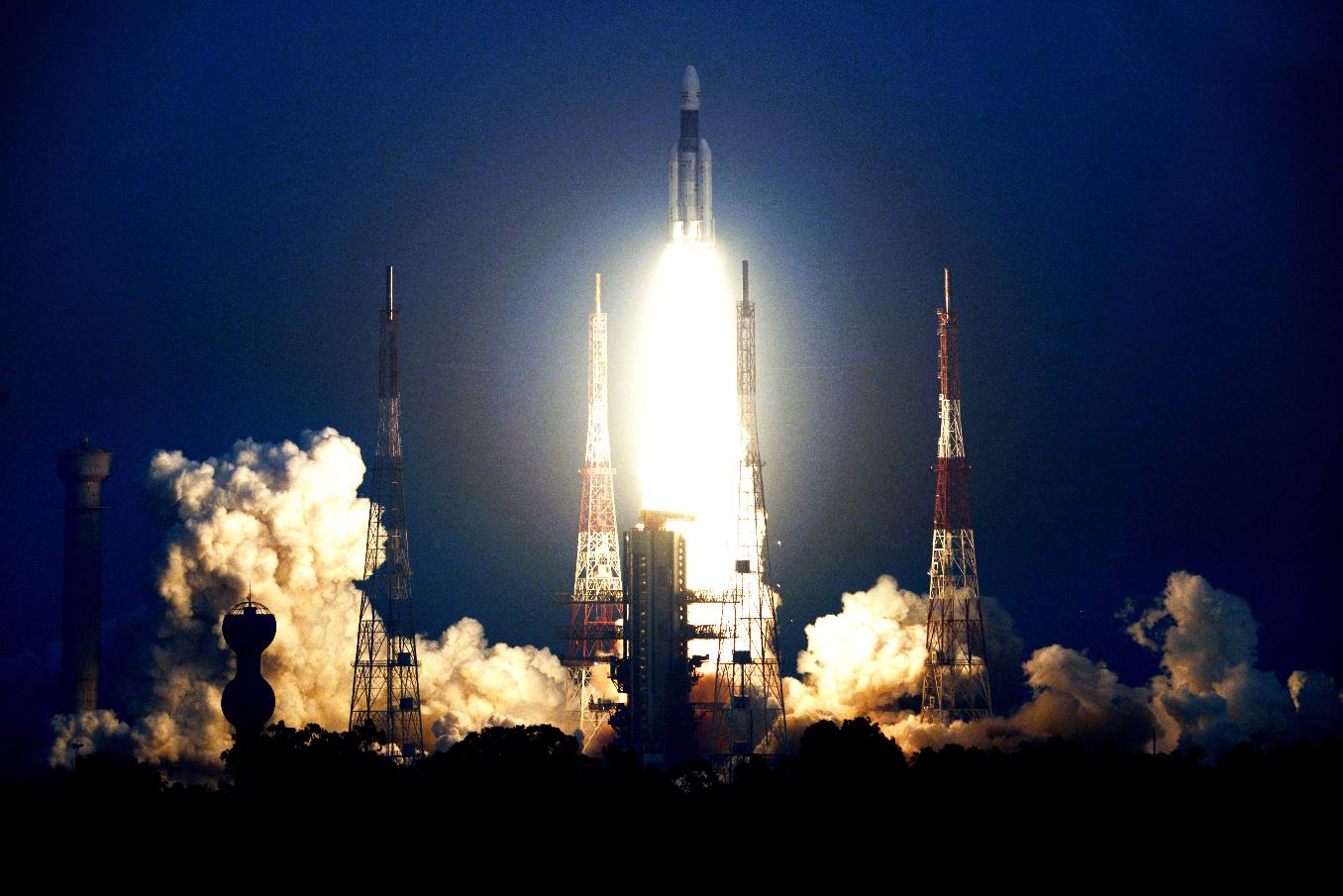India has successfully carried out the second developmental flight of its upgraded Geosynchronous Satellite Launch Vehicle, GSLV MkIII, in the country's fifth launch of the year.
India's GSLV MkIII launch vehicle successfully launched GSAT-29, a high-throughput communication satellite at 5.08 pm IST on 14th November from the Second Launch Pad (SLP) at Satish Dhawan Space Centre SHAR, Sriharikota. It was the second developmental flight of India's upgraded Geosynchronous Satellite Launch Vehicle, GSLV MkIII, and India's fifth launch in 2018.
GSLV Mk III is a three-stage vehicle with two solid motor strap-ons (S200), a liquid propellant core stage (L110) with two Vikas engines derived from Ariane’s Viking engine, and an indigenously designed cryogenic upper stage (C25).
The launcher is designed to carry 4t-class satellites into Geosynchronous Transfer Orbit (GTO) or about 10t to Low Earth Orbit (LEO), which is about twice the capability of GSLV Mk II.
The GSAT-29 satellite, with a lift-off mass of 3,423kg, is the heaviest satellite launched from India. It is a multi-beam, multi-band communication satellite, configured around ISRO’s enhanced I-3K bus.
GSAT-29 carries Ka/Ku-band high-throughput communication transponders intended to bridge the digital divide, particularly in Jammu & Kashmir and North Eastern regions of India. It also carries a Q/V-band payload, configured for technology demonstration at higher frequency bands and a Geostationary High Resolution Camera. For the first time, an optical communication payload will be used for data transmission.
The GSLV Mk III performed its first developmental flight in June 2017, when it launched the GST 19 telecommunications satellite. The launcher also performed an experimental flight carrying India's Crew module Atmospheric Reentry Experiment (CARE) in December 2014.

